rare
A new publicly accessible website compiles contemporary footage of the deadliest natural disaster in Japanese history into a 64-minute film.
Journey from the north to south of the country with this collection of rare, region-exclusive ice creams.
If you grew up playing video games, you’ll understand something that modern day kids with their newfangled graphics and gameplay streaming antics don’t get – the power of nostalgia! Nostalgia is what makes us dig up landfills full of buried cartridges, and waste hours of our lives watching old videos of NES start-up screens. It’s why we still want to play the classics, so we can remember the good times, when being able to navigate an entirely different world through your TV screen still seemed like magic. It’s no wonder that rare old retro games can still sell for a pretty penny, although most often they’re snapped up by collectors who want them for their rarity rather than to add lovingly to their own game collection. Because, while nostalgia can be a powerful emotion, we mere mortals couldn’t even contemplate dropping around $10k on a mere video game. Yet that’s exactly what the owner of a rare, factory sealed copy of NES game Stadium Events can (at the time of this writing) expect to bring in from the eBay auction that’s currently in progress.
So just what is Stadium Events and why is it worth so much darn moolah, anyway?
It’s no secret that we Japanese love tuna. Whether grilled or marinated in soy sauce or served fresh as sashimi and sushi, there’s no denying that tuna, called maguro in Japan, is one of the most popular ingredients in Japanese cuisine. We’re so fond of tuna, in fact, that we have different Japanese names for the fish depending on how fatty the specific piece of tuna is (toro for the fatty part of tuna in general, chu-toro for medium fatty tuna, and ō-toro for the extra-fatty, extra-delicious tuna).
But recently, a rare tuna with an appearance so unusual that has left even experienced fishermen agog with surprise was sold at the famous Tsukiji fish market, causing quite a buzz online in Japan. What made the tuna so special? It was magnificently white, from head to tail! And not to miss the rare opportunity, we went to see the fish on display at a department store in Shibuya.
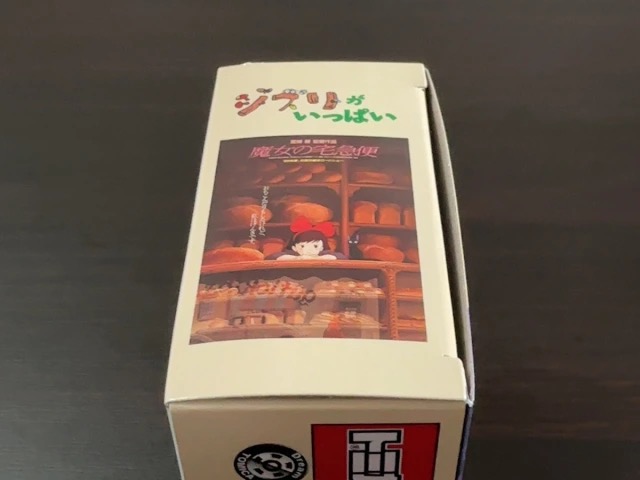
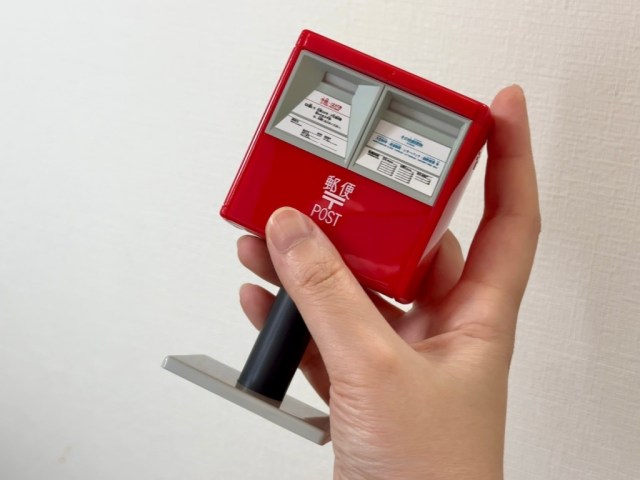

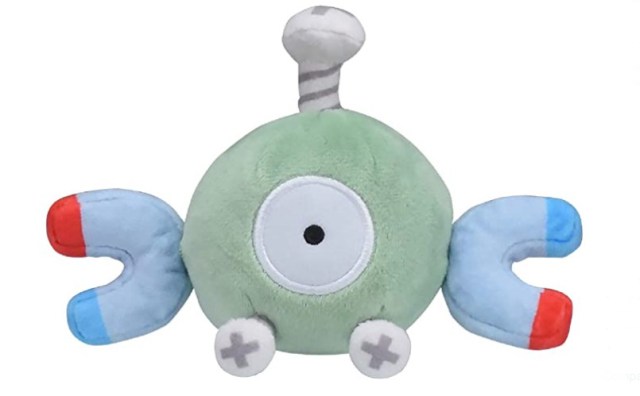
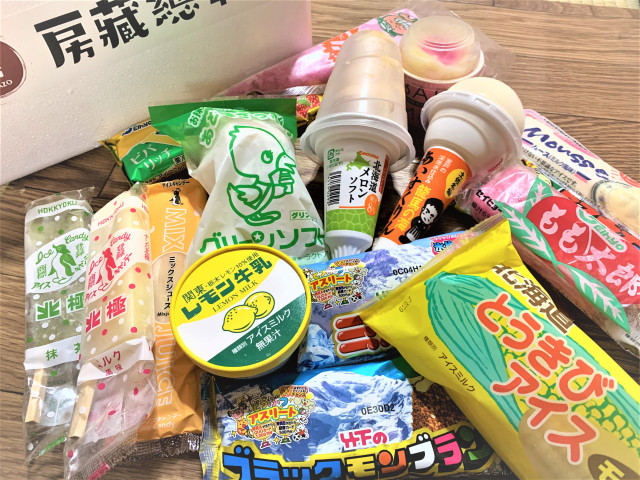
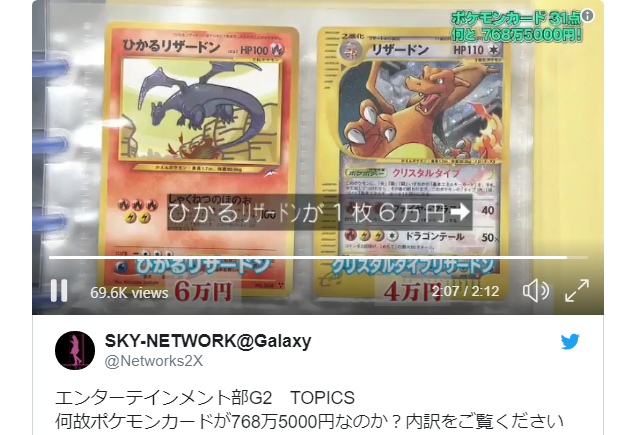
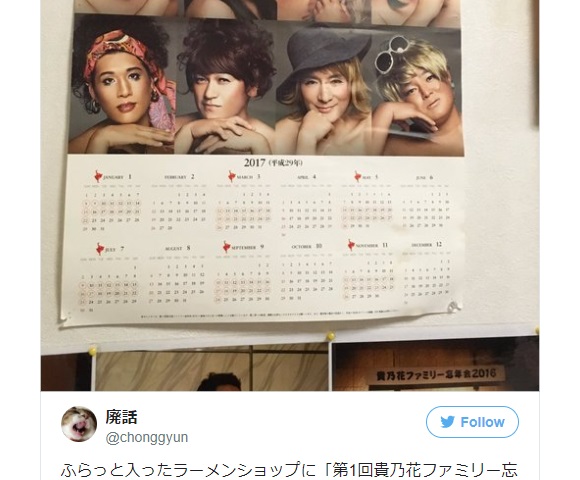

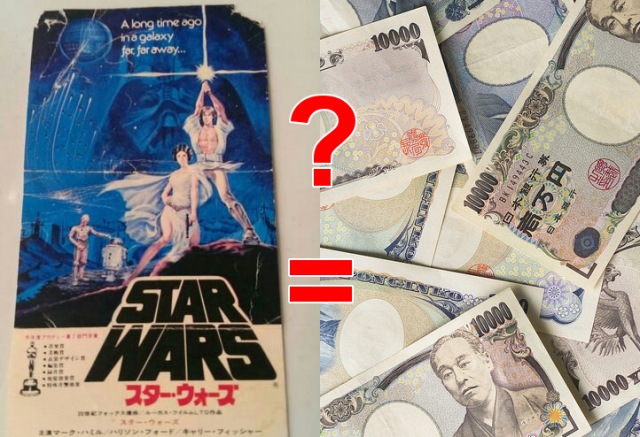
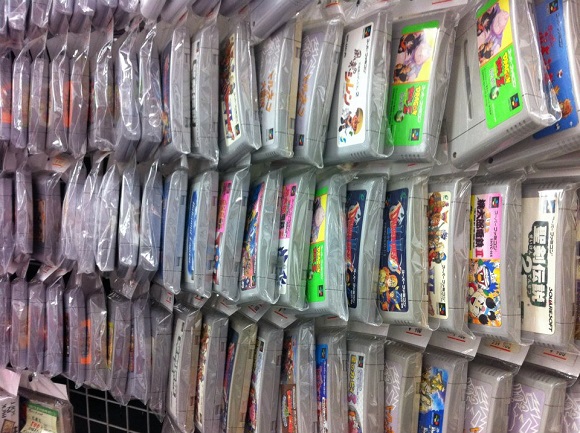
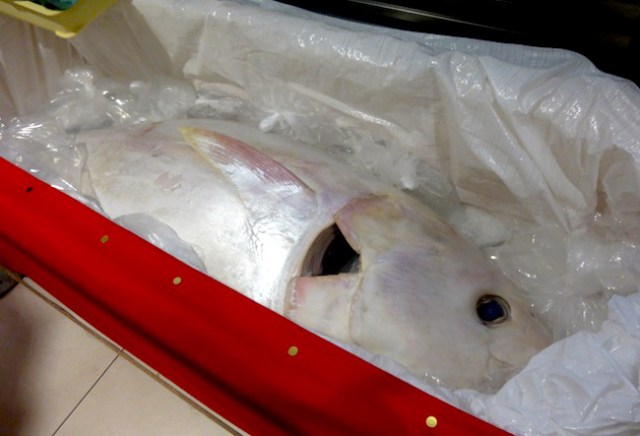
 Japanese beef bowl chain Sukiya’s 2026 Smile Box lucky bag basically pays for itself
Japanese beef bowl chain Sukiya’s 2026 Smile Box lucky bag basically pays for itself Japan’s otoshidama tradition of giving kids money at New Year’s gets a social welfare upgrade
Japan’s otoshidama tradition of giving kids money at New Year’s gets a social welfare upgrade That time Seiji called JASRAC to ask why he didn’t get paid royalties for his song being on TV
That time Seiji called JASRAC to ask why he didn’t get paid royalties for his song being on TV Are 100-yen shop Daiso’s gel nail polish strips a good dupe for salon quality nails? Let’s find out
Are 100-yen shop Daiso’s gel nail polish strips a good dupe for salon quality nails? Let’s find out Japan has vending machines that put protective film on your phone for you — Here’s how to use them
Japan has vending machines that put protective film on your phone for you — Here’s how to use them Cherry blossoms are going to bloom on Tokyo’s new license plates
Cherry blossoms are going to bloom on Tokyo’s new license plates Kyoto sightseeing tour: The most amazing old bathhouses in the city
Kyoto sightseeing tour: The most amazing old bathhouses in the city You COULD eat a terrifying octopus egg in Japan, but SHOULD you? Let’s find out!【Taste test】
You COULD eat a terrifying octopus egg in Japan, but SHOULD you? Let’s find out!【Taste test】 A visit to one of Japan’s motorcycle Shinto shrines
A visit to one of Japan’s motorcycle Shinto shrines Hayao Miyazaki says Happy New Year to Studio Ghibli fans with new art for Year of the Horse
Hayao Miyazaki says Happy New Year to Studio Ghibli fans with new art for Year of the Horse Starbucks Japan ready to get Year of the Horse started with adorable drinkware and plushies【Pics】
Starbucks Japan ready to get Year of the Horse started with adorable drinkware and plushies【Pics】 7 great places to see Mt. Fuji from without having to climb it
7 great places to see Mt. Fuji from without having to climb it We found possibly the quietest Japanese-style hotel in Tokyo’s bustling Shinjuku district
We found possibly the quietest Japanese-style hotel in Tokyo’s bustling Shinjuku district Cup Noodle tries an authentic Jiro-style ramen, but something’s not quite right
Cup Noodle tries an authentic Jiro-style ramen, but something’s not quite right Hello Kitty Choco Egg figures are an adorable trip through three periods of Japanese pop culture【Pics】
Hello Kitty Choco Egg figures are an adorable trip through three periods of Japanese pop culture【Pics】 Japan’s oldest largetooth sawfish in captivity back on display in Mie Prefecture
Japan’s oldest largetooth sawfish in captivity back on display in Mie Prefecture Cyberpunk anime meets traditional culture in Ghost in the Shell gold leaf Japanese changing screens
Cyberpunk anime meets traditional culture in Ghost in the Shell gold leaf Japanese changing screens The best Starbucks Japan Frappuccinos we want to drink again in 2026
The best Starbucks Japan Frappuccinos we want to drink again in 2026 We revisited Sweets Paradise after a decade to see if Japan’s dessert buffet still delivers
We revisited Sweets Paradise after a decade to see if Japan’s dessert buffet still delivers 7-Eleven Japan starts new temporary luggage storage service in over 300 branches
7-Eleven Japan starts new temporary luggage storage service in over 300 branches Disillusionment at Tsukiji’s tourist-target prices led us to a great ramen restaurant in Tokyo
Disillusionment at Tsukiji’s tourist-target prices led us to a great ramen restaurant in Tokyo Starbucks teams up with 166-year-old Kyoto doll maker for Year of the Horse decorations【Photos】
Starbucks teams up with 166-year-old Kyoto doll maker for Year of the Horse decorations【Photos】 Tokyo considering law requiring more trash cans following litter increase in heavily touristed area
Tokyo considering law requiring more trash cans following litter increase in heavily touristed area Tokyo’s Tsukiji sushi neighborhood asks tour groups to stay away for the rest of the month
Tokyo’s Tsukiji sushi neighborhood asks tour groups to stay away for the rest of the month Tokyo event lets you travel back in time, for free, to celebrate 100 years since Showa era start
Tokyo event lets you travel back in time, for free, to celebrate 100 years since Showa era start Sanrio theme park in Japan announces plans to expand into a Sanrio resort
Sanrio theme park in Japan announces plans to expand into a Sanrio resort Japan may add Japanese language proficiency, lifestyle classes to permanent foreign resident requirements
Japan may add Japanese language proficiency, lifestyle classes to permanent foreign resident requirements Stamina-destroying “Paralysis Noodles” are Tokyo’s newest over-the-top ramen innovation
Stamina-destroying “Paralysis Noodles” are Tokyo’s newest over-the-top ramen innovation Survey asks foreign tourists what bothered them in Japan, more than half gave same answer
Survey asks foreign tourists what bothered them in Japan, more than half gave same answer Japan’s human washing machines will go on sale to general public, demos to be held in Tokyo
Japan’s human washing machines will go on sale to general public, demos to be held in Tokyo Japan’s deadliest food claims more victims, but why do people keep eating it for New Year’s?
Japan’s deadliest food claims more victims, but why do people keep eating it for New Year’s? We deeply regret going into this tunnel on our walk in the mountains of Japan
We deeply regret going into this tunnel on our walk in the mountains of Japan Studio Ghibli releases Kodama forest spirits from Princess Mononoke to light up your home
Studio Ghibli releases Kodama forest spirits from Princess Mononoke to light up your home Major Japanese hotel chain says reservations via overseas booking sites may not be valid
Major Japanese hotel chain says reservations via overseas booking sites may not be valid Put sesame oil in your coffee? Japanese maker says it’s the best way to start your day【Taste test】
Put sesame oil in your coffee? Japanese maker says it’s the best way to start your day【Taste test】 No more using real katana for tourism activities, Japan’s National Police Agency says
No more using real katana for tourism activities, Japan’s National Police Agency says Starbucks Japan reveals new sakura drinkware collection, inspired by evening cherry blossoms
Starbucks Japan reveals new sakura drinkware collection, inspired by evening cherry blossoms Updated cherry blossom forecast shows extra-long sakura season for Japan this year
Updated cherry blossom forecast shows extra-long sakura season for Japan this year Cherry blossoms are going to bloom on Tokyo’s new license plates
Cherry blossoms are going to bloom on Tokyo’s new license plates Kyoto sightseeing tour: The most amazing old bathhouses in the city
Kyoto sightseeing tour: The most amazing old bathhouses in the city You COULD eat a terrifying octopus egg in Japan, but SHOULD you? Let’s find out!【Taste test】
You COULD eat a terrifying octopus egg in Japan, but SHOULD you? Let’s find out!【Taste test】 A visit to one of Japan’s motorcycle Shinto shrines
A visit to one of Japan’s motorcycle Shinto shrines Hayao Miyazaki says Happy New Year to Studio Ghibli fans with new art for Year of the Horse
Hayao Miyazaki says Happy New Year to Studio Ghibli fans with new art for Year of the Horse Nintendo’s Kirby now delivering orders at Kura Sushi restaurants, but not in Japan
Nintendo’s Kirby now delivering orders at Kura Sushi restaurants, but not in Japan Finally, a chance to cuddle up to Japan’s “No. 1 Cosplayer”, Enako
Finally, a chance to cuddle up to Japan’s “No. 1 Cosplayer”, Enako “Graffiti Temple” in Kyoto, where visitors are encouraged to deface the walls
“Graffiti Temple” in Kyoto, where visitors are encouraged to deface the walls Play games, learn, and get your fortune at Ginza’s limited-time Tsunaguu “Shrine of the Future”
Play games, learn, and get your fortune at Ginza’s limited-time Tsunaguu “Shrine of the Future” Japan Super Budget Dining – What’s the best way to spend 1,000 yen at Saizeriya?
Japan Super Budget Dining – What’s the best way to spend 1,000 yen at Saizeriya? We revisited Sweets Paradise after a decade to see if Japan’s dessert buffet still delivers
We revisited Sweets Paradise after a decade to see if Japan’s dessert buffet still delivers Toma Toma Sparkling: Taste-testing the tomato juice that will give you a hangover
Toma Toma Sparkling: Taste-testing the tomato juice that will give you a hangover